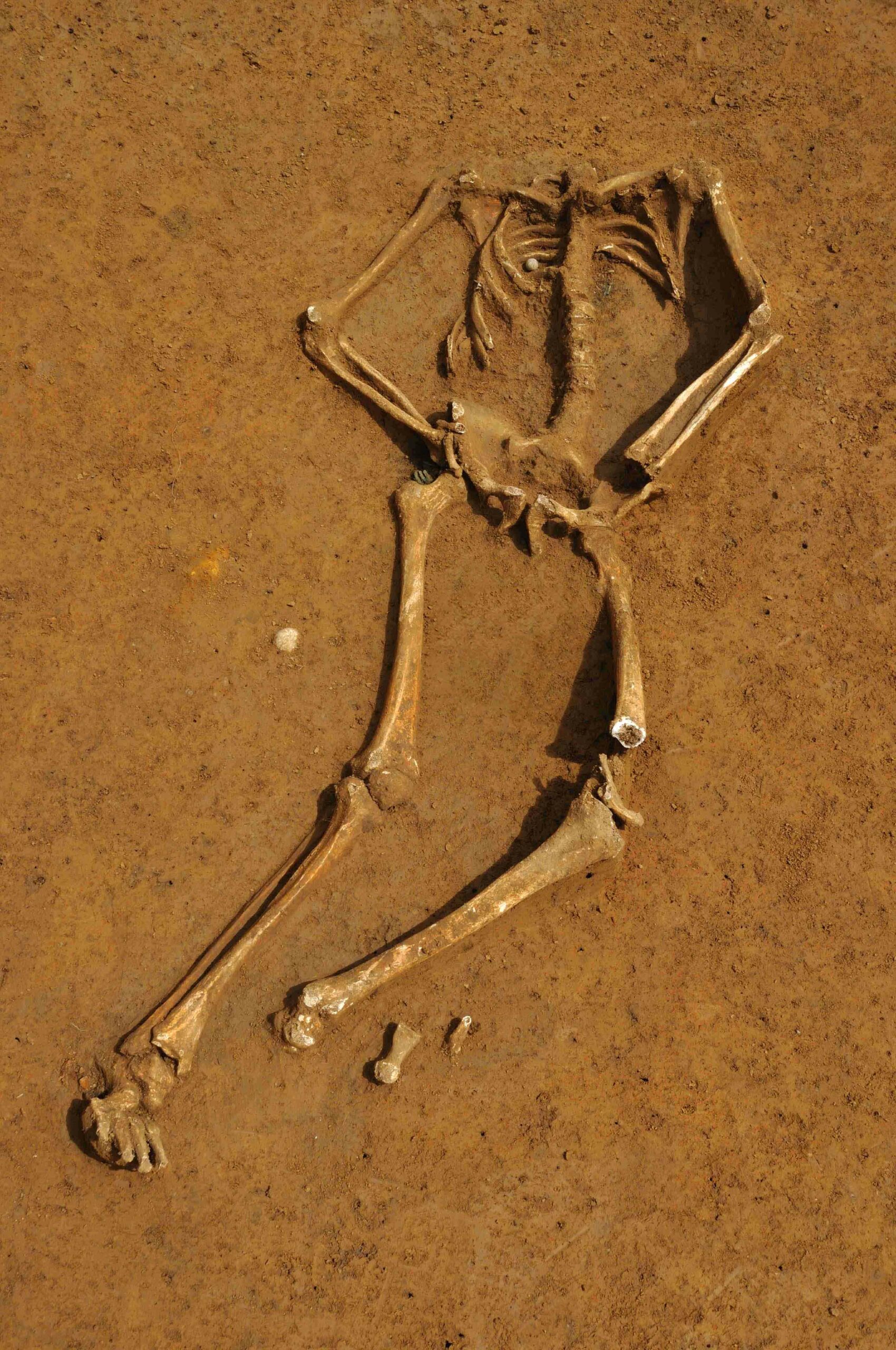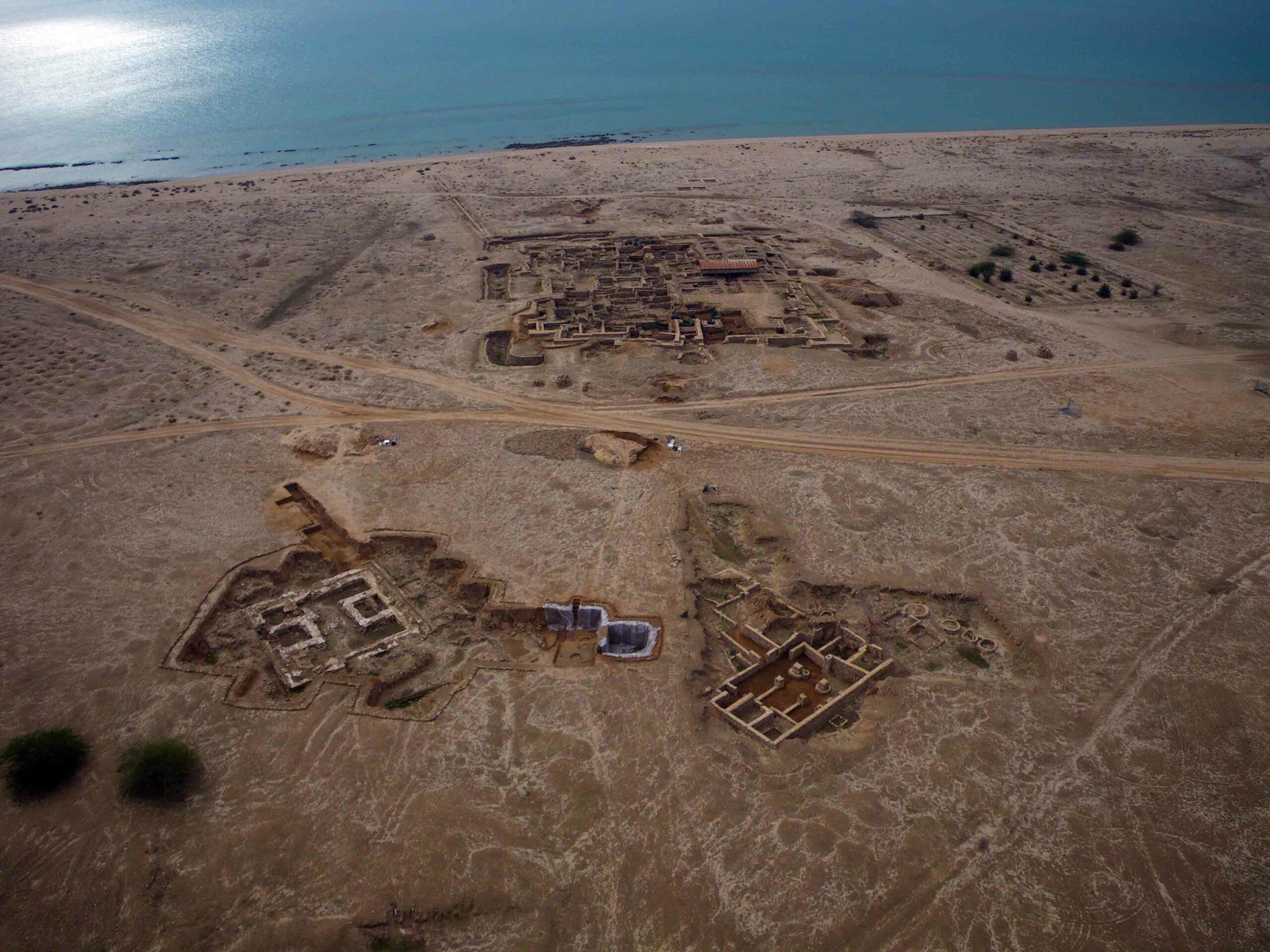YORK, ENGLAND—Rugged terrain caused by volcanic eruptions and tectonic plate shifts may have forced the development of bipedalism in South Africa, rather than climate change and a resulting loss of trees, according to new research conducted by a team led by Isabelle Winder of the University of York. The scientists suspect that the rocky outcrops and gorges would have offered shelter from predators and made hunting easier. “It is to your advantage if you can balance on just two or three limbs and use the others to steady yourself,” she added. Grasping rocks while climbing may have also contributed to the evolution of hands and the cognitive abilities needed for eventual tool making.
New Thoughts on the Shift to Bipedalism
News May 28, 2013
Recommended Articles
Artifacts July/August 2025
Maya Ceramic Figurine

Off the Grid July/August 2025
Vichama, Peru

Digs & Discoveries July/August 2025
Bound for Heaven

Digs & Discoveries July/August 2025
Saints Alive

-
Features March/April 2013
Pirates of the Original Panama Canal
Searching for the remains of Captain Henry Morgan's raid on Panama City
 (Courtesy Captain Morgan Rum Co.)
(Courtesy Captain Morgan Rum Co.) -
Features March/April 2013
A Soldier's Story
The battle that changed European history, told through the lens of a young man’s remains
 (Courtesy Dominique Bosquet)
(Courtesy Dominique Bosquet) -
Letter From Cambodia March/April 2013
The Battle Over Preah Vihear
A territorial dispute involving a 1,100-year-old Khmer temple on the Thai-Cambodian border turns violent
 (Masuru Goto)
(Masuru Goto) -
Artifacts March/April 2013
Pottery Cooking Balls
Scientific analyses and experimental ARCHAEOLOGY determine that mysterious, 1,000-year-old balls of clay found at Yucatán site were used in cooking
 (Courtesy Bolonchen Regional Archaeological Project)
(Courtesy Bolonchen Regional Archaeological Project)


